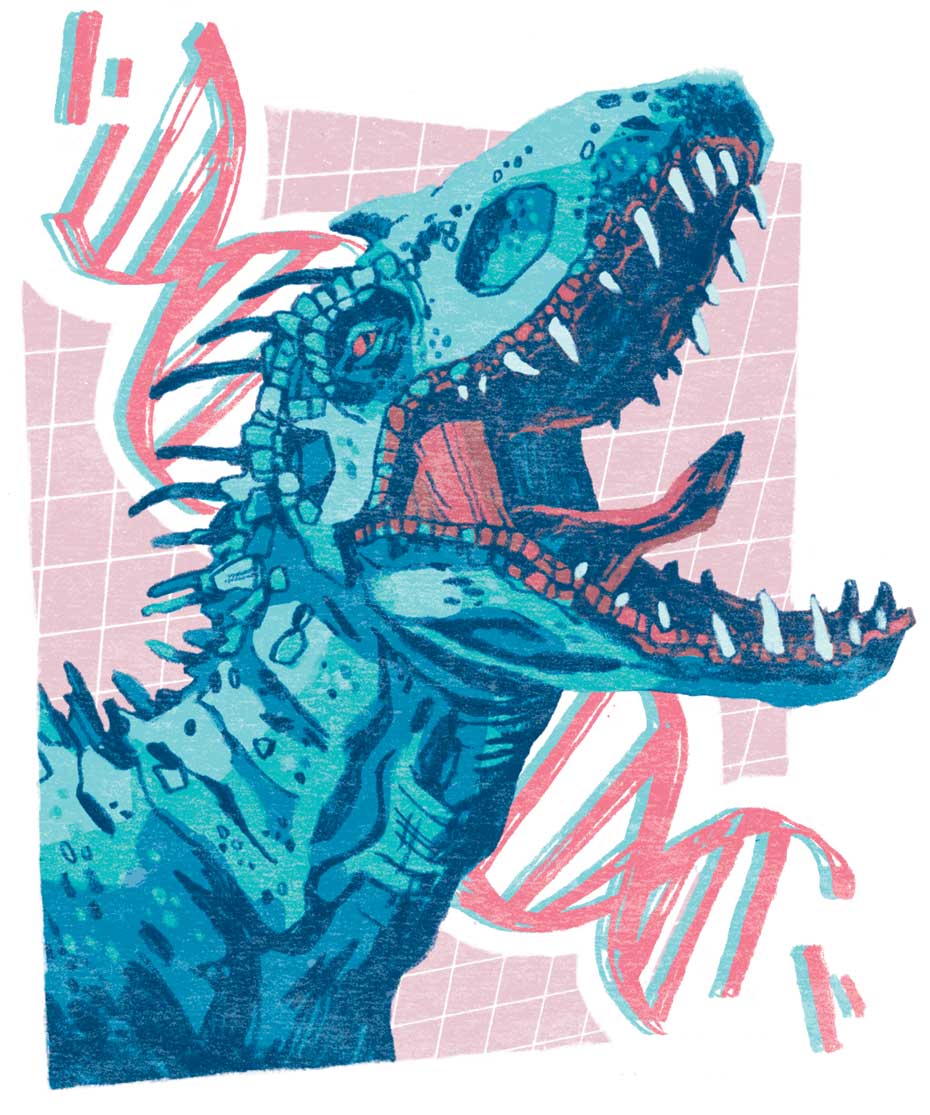A NEW WORLD, LOST EXPECTATIONS: A LOOK AT JURASSIC WORLD


Summer is upon us again, and that means blockbusters. The season for door-busting, explosive epics to sate the movie going public’s ever increasing desire for bigger, louder and faster. The advent of blockbuster season was heralded with the highly anticipated fourth installment of the Jurassic Park films, Jurassic World. It is the continuation of a legacy of a beloved series, and with fourteen years between Jurassic Park III, Jurassic World had to walk the line of catering to die-hard fans and the introduction of dinosaur wonderment to a new generation. Director Colin Trevorrow was an interesting choice to continue a cinematic legacy, especially one of such highly anticipated proportions.
His previous film, twee time travel tale Safety Not Guaranteed was charming to be sure, but not quite the film to cut one’s blockbuster teeth upon (Note: sorry for the puns I am about to use, it’s been a long June…). I was reticent to believe that Trevorrow could harness the magic, suspense and nostalgia that the original Jurassic Park film handled with aplomb, and yet I should have realized that this is not a sequel in the true sense of the word. It is a remake at its essence, engineered in the way that Steven Spielberg of today might devise. Spielberg acted as a fairly hands on executive producer on Jurassic World, and I can only imagine the conversations that a seasoned, seemingly cynical Spielberg must have had with Trevorrow. Spielberg gave both instructions and feedback to Trevorrow on the film but also seemingly let the young protege follow his own creative druthers. Trevorrow, who has nowhere near the experience under his belt that Spielberg did in 1993, creates a mishmash of movie DNA through the influence of adventure serials, screwball comedies, classic King Kong and of course, the source material. The operating formula here is strictly the spectacle-driven, leave no suspension of disbelief variety.
In the movie, Bryce Dallas Howard plays Hubris in High Heels, a tightly-wound corporate bureaucrat type who lets audience whims dictate the park’s dinos-gone-wild agenda. “Consumers want them bigger, louder. More teeth,” she says, which could not be a truer phrase for the contemporary blockbuster going public. A young director with a rumored 190 million dollar budget, a veteran director looming above the creative process and a heaping of fans bleary-eyed with a healthy dose of anticipation and suspicion that a beloved franchise is about to fall victim to an ever-growing need for “more teeth,” as Dallas Howard warns.
Twenty-two years ago, Jurassic Park was on the bleeding edge of the CG revolution, though it still relied heavily on meticulously crafted practical effects. It used the CG sparingly, but to “impressive” effect, still relying heavily on suspense. And buckets of imagination. And Jeff Goldblum. Again, I want to drive the point home that this is not quite a continuation of a story, or a spiritual sequel, but an attempt to capture grandiosity on an incredible scale. it’s a movie that wants to continue a beloved franchise but falls flat because exactly the warning of unbridled capitalism that it presents in its genetically modified terrible lizard, is what is happening in blockbusters, despite the inherent fact that they’re meant to be spectacular. There is an erratic self-awareness mixed with aggrandizement that makes this film a strange beast. »
– Rachael Haigh



